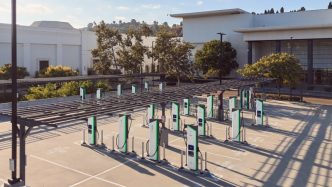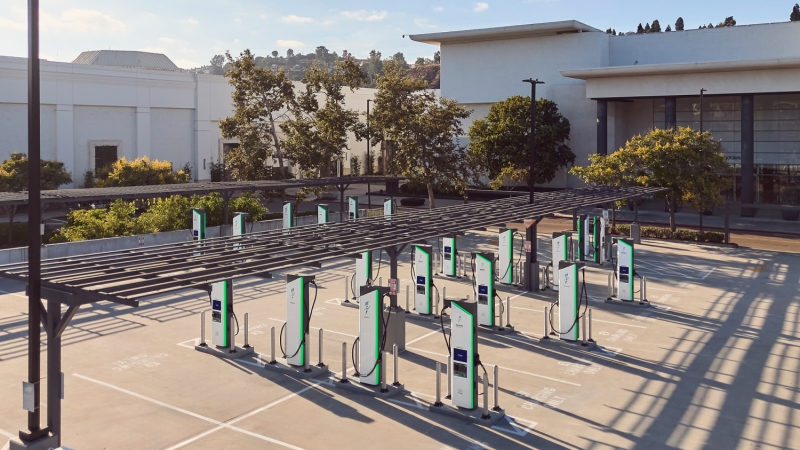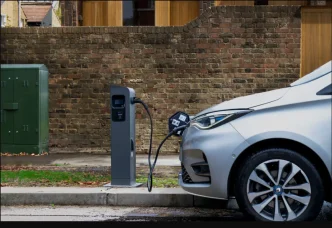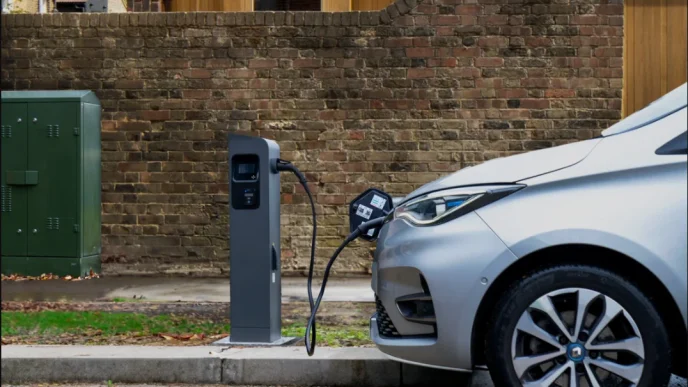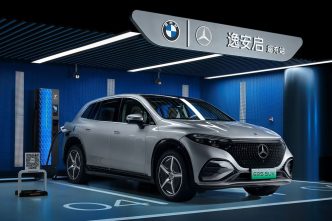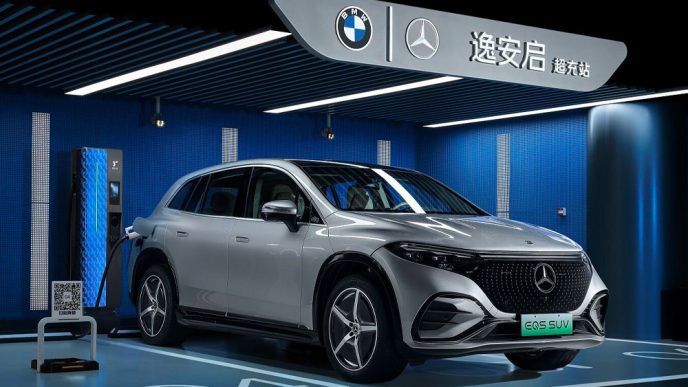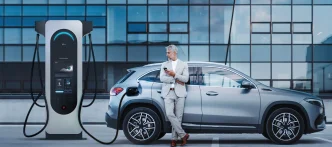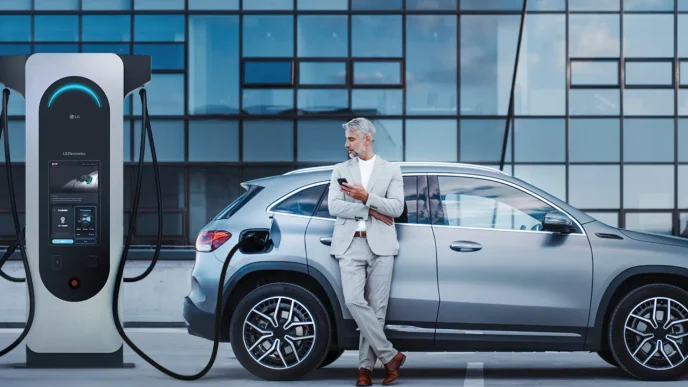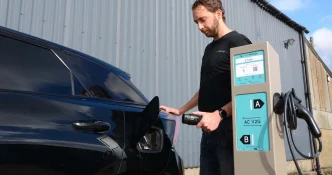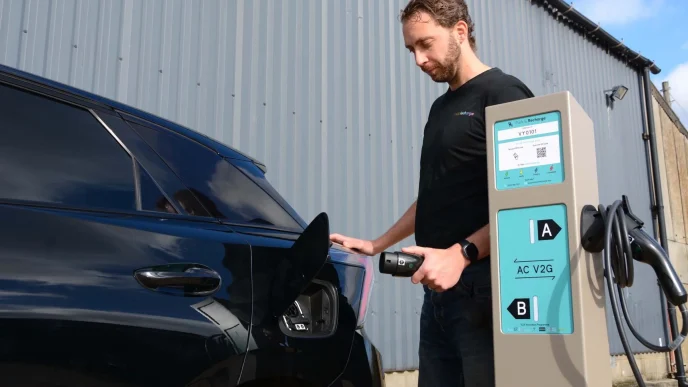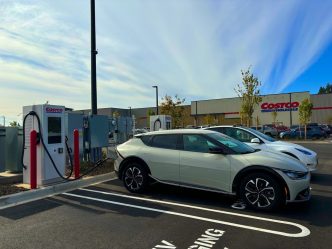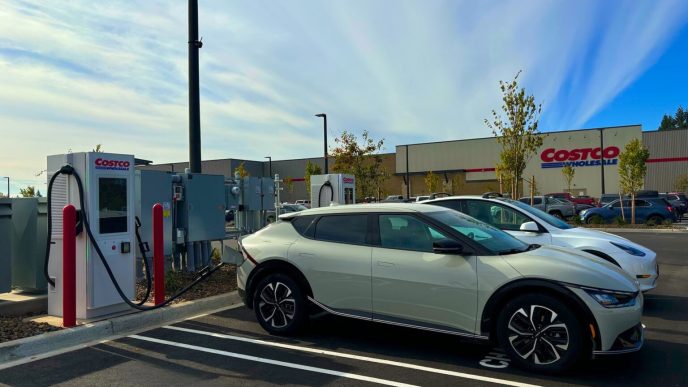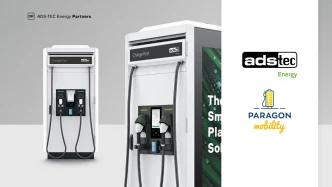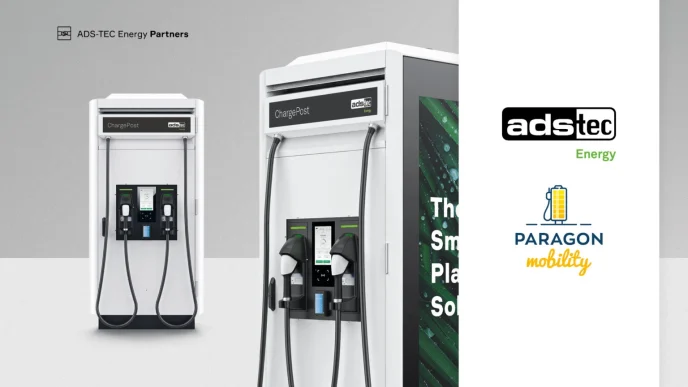The United States has reached a significant milestone in electric vehicle (EV) infrastructure, surpassing 200,000 public EV charging ports nationwide. This achievement was announced by the U.S. Joint Office of Energy and Transportation, highlighting the growing momentum in expanding EV charging facilities.
In its Q3 2024 update released on August 30, the Joint Office reported an increase of approximately 9,000 charging ports over the preceding three months, bringing the total to nearly 192,000 public EV charging ports. The latest announcement indicates a further increase of about 9,000 ports within just seven weeks.
Since the beginning of the Biden-Harris Administration, the national EV charging network, supported by public funding and private sector investment, has nearly doubled in size. At the current growth rate, the goal of reaching 500,000 chargers by 2030 appears attainable.
Programs such as the National Electric Vehicle Infrastructure Formula (NEVI), Charging and Fueling Infrastructure (CFI), and Electric Vehicle Charger Reliability and Accessibility (EVC-RAA) are facilitating the development of new charging stations, increasing the number of locations available for EV drivers. As of September 30, 2024, drivers can access DC fast chargers approximately every 50 miles along nearly 58% of the busiest corridors in the country, with expectations to increase that availability to 70% by the end of 2025.
The Joint Office has collaborated with states, local communities, and the industry to establish a reliable and accessible national EV charging network. Currently, EVs account for nearly 10% of the U.S. light-duty vehicle market, and as more models enter the market, charging demand is projected to continue rising.
Additionally, the Joint Office is promoting standards such as the J3400 (NACS) connector, which enhances compatibility between existing infrastructure and a broader range of vehicles. In August, it initiated a $150 million grant project aimed at repairing and upgrading 4,500 EV charging ports.

